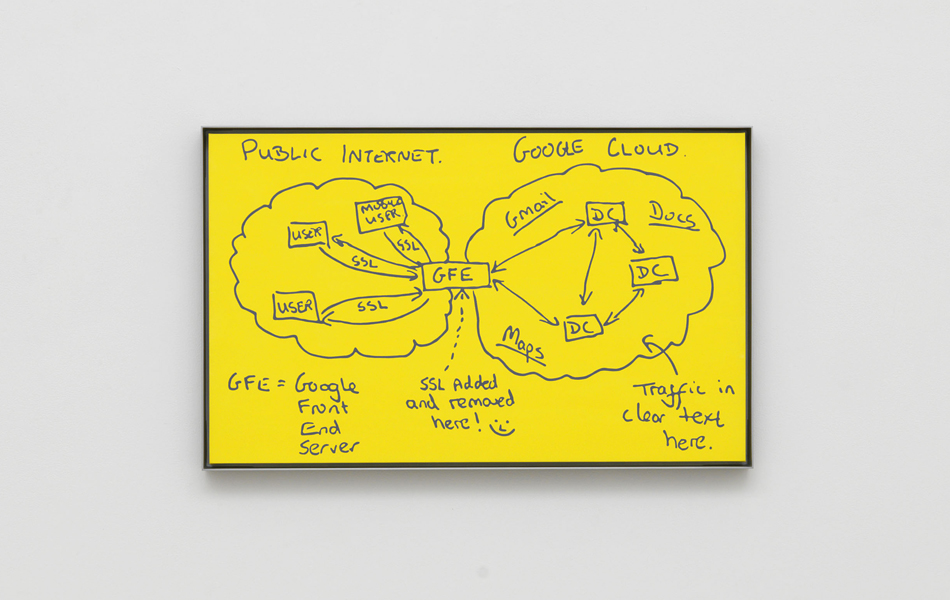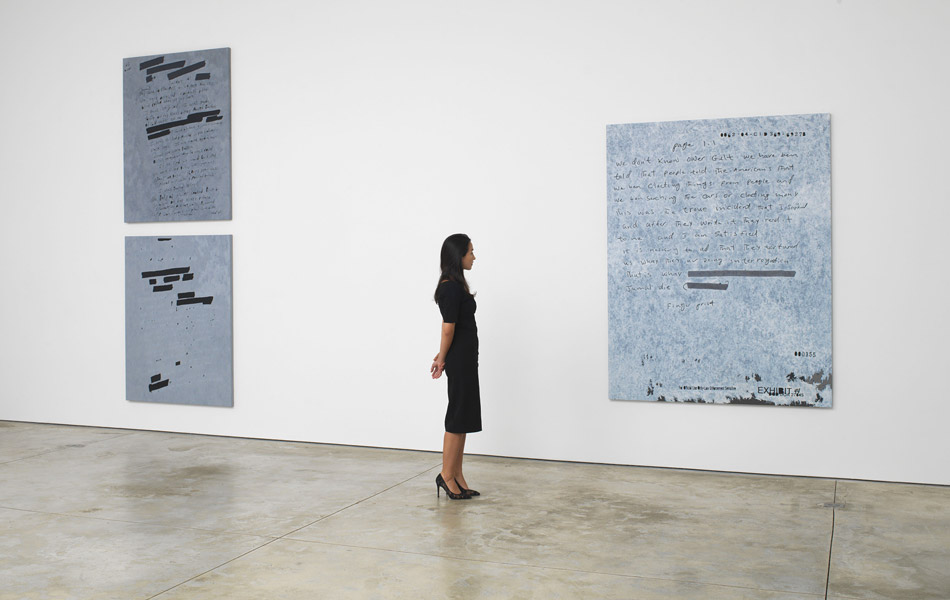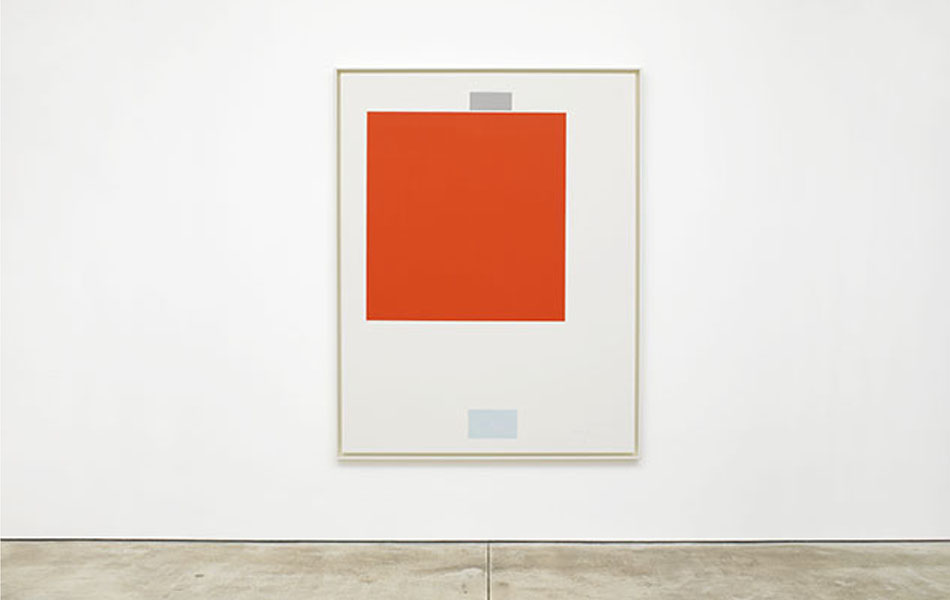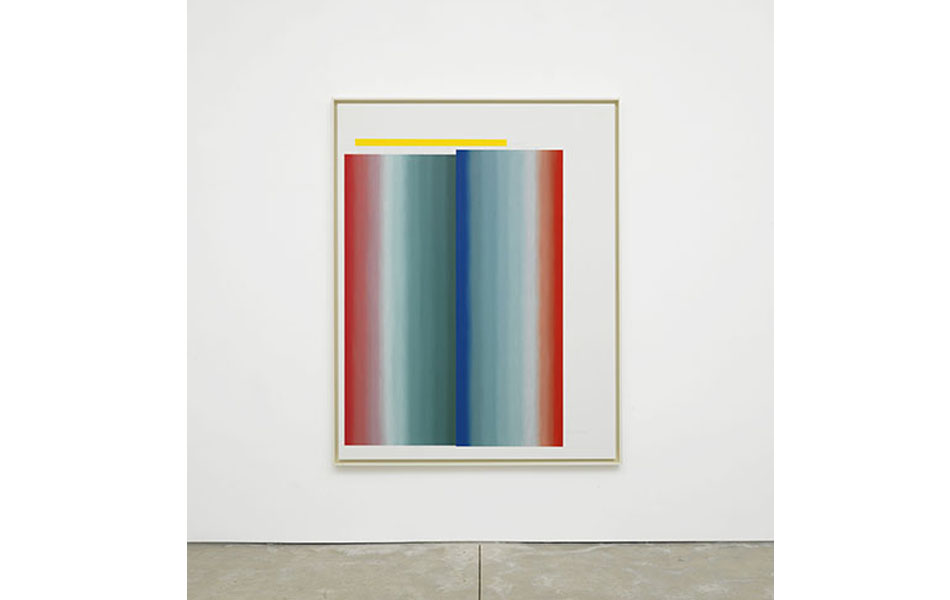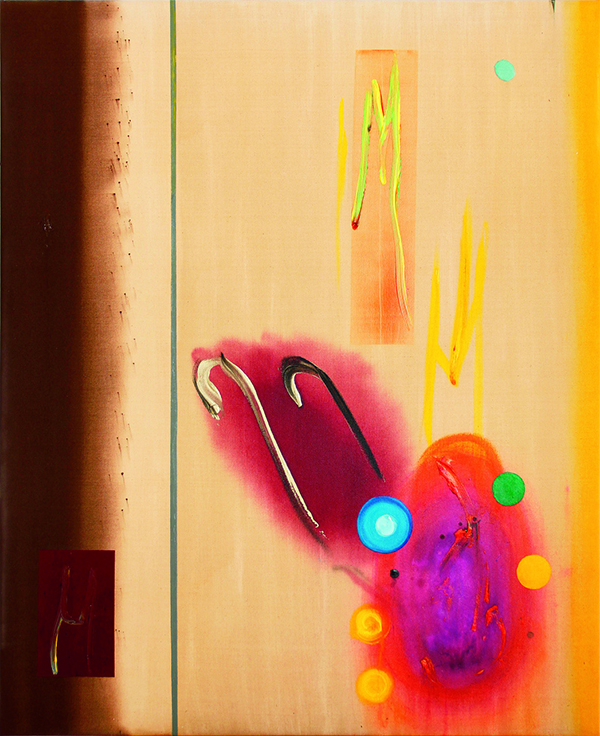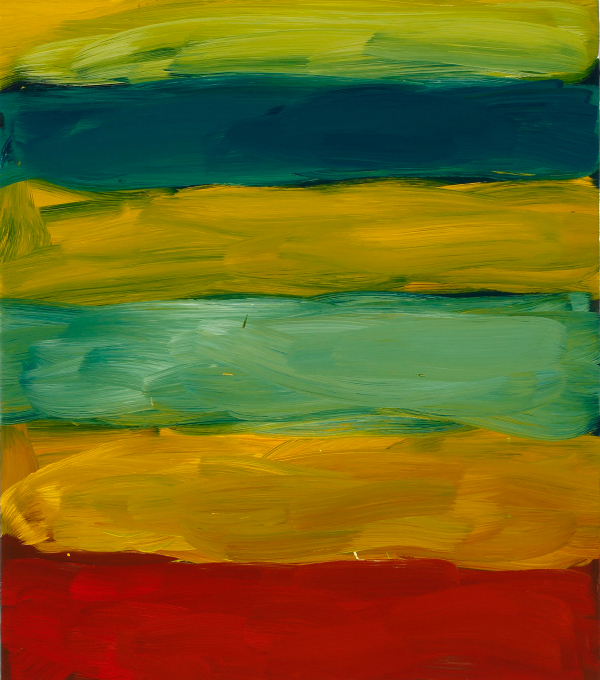
September 2014The artist photographed by Nanda Lanfranco. All images © Jenny Holzer and courtesy of Cheim & Read
For those who know Jenny Holzer only for the quietly audacious one-line “truisms” she began broadcasting on LED signs, marquees and T-shirts in the late 1970s and early ’80s, her most recent body of work might be a bit of a shock. To start, she has turned to painting as her primary medium. Her current show, “Dust Paintings,” at New York’s Cheim & Read, which opened — quite intentionally — on September 11 (and runs through October 25), features 20 oil-on-linen canvases. And while she’s still incorporating language into her work, she’s traded her portentous one-liners for declassified government files pertaining to detainees in the Iraq and Afghanistan wars. That subject has interested her for more than a decade: Her last solo show at Cheim & Read, in 2006, featured a series of silkscreens of redacted declassified documents.
What makes Holzer’s new show so striking is the way she’s managed to continue unsettling the viewer, but now with abstract painting — the medium she first explored before turning to more conceptual work 30-some years ago. (There is no actual dust involved; the term “dust paintings” refers to a type of Arabic caligraphy.) Walking into the gallery, the only obvious clue that it’s the work of Holzer is a vertical LED sign hanging from the ceiling displaying the text of an American soldier’s interview from the U.S. Army Criminal Investigation Command’s Gardez Report — an investigation of the death of an Afghan prisoner in U.S. custody. Instead, the walls are filled with works that evoke Cy Twombly and Kazimir Malevich. Produced in the artist’s upstate New York studio over the past two years, these paintings generally fall into two categories — those with hand-painted text on patchy gray grounds, and those with blocks of colorful paint on crisp white grounds. Using the Gardez Report as her source, Holzer reproduced the writings of detainees who were beaten and tortured with freezing water and snow. Some passages are concealed by black blocks.

X Conclusion, 2014, is one of the paintings inspired by declassified government files featured in Jenny Holzer’s new “Dust Paintings” show at Cheim & Read, in New York, through October 25.
One may wonder not only why Holzer has used the medium of painting to present these disturbing texts, but also why, after years of using her voice so succinctly and successfully in the public domain — think about the unexpected impact of seeing “Deviants are sacrificed to increase group solidarity” on a theater marquee, or “Money creates taste,” on an electric billboard on the Vegas Strip — she has now turned to the confines of a fine-art gallery to express such a dark moment in the country’s history. Her choice seems largely borne out of a desire to find a new way to rattle the status quo and to overturn expectations. Just as there was something unnerving, implausible and incongruous about seeing her menacing observations and prescient warnings on surfaces usually reserved for entertainment or advertising, there is something equally jolting about standing in a gallery observing her presentation of these horrific accounts in a manner that summons the legacy of modern abstraction rather than the newspaper.
The more colorful works, which, says gallery director Adam Sheffer, intentionally invoke the pared-down forms of Suprematist painter Kazimir Malevich, are particularly incongruous with the military subject matter. Using geometric abstraction in the service of war reportage seems surprisingly subversive. The echo between Holzer’s colorfully painted rectangles and the blocks used to black out text points out, more than anything, the absurdity that such different experiences — standing in an art gallery and being tortured in a POW camp — co-exist at any given moment. “This is the intersection of art and the human condition,” says Sheffer. “Jenny is not waving a finger. Rather, it’s a personal, internal, visceral response to the world we live in.”

